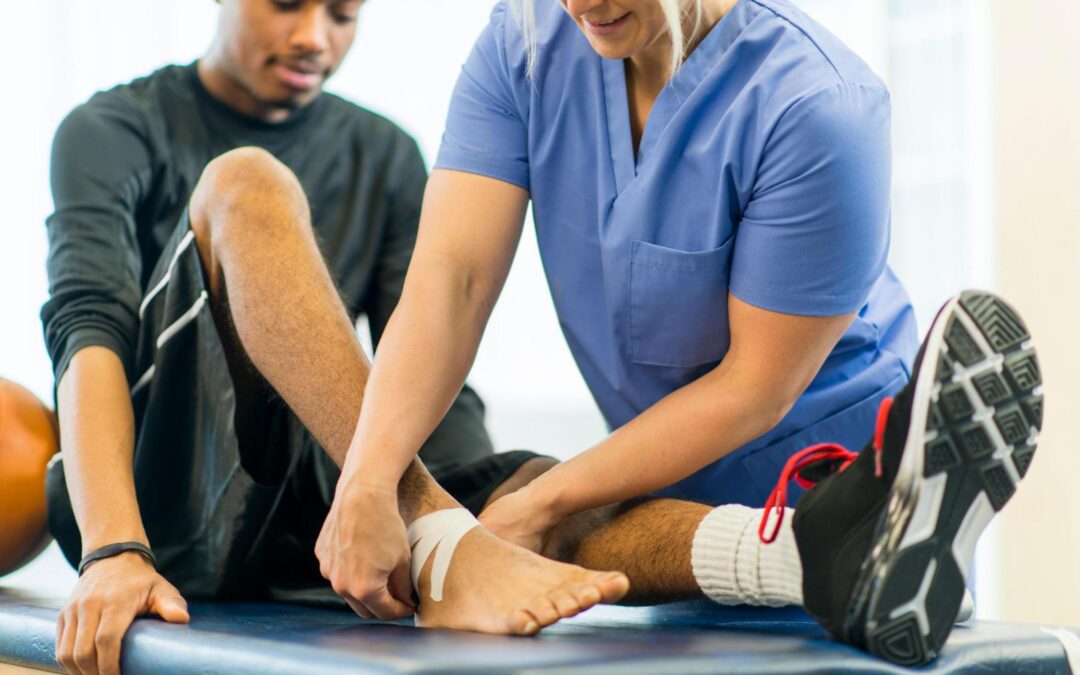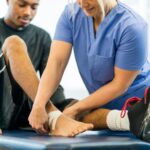
Why Physical Therapy & Sports Rehab Is the #1 Choice for Physical Therapy in Norwood, Norfolk, and Metro Boston
When it comes to recovering from injury, improving mobility, or getting back to the activities you love, choosing the right physical therapy clinic makes all the difference. At Physical Therapy & Sports Rehab (PT&SR) in Norwood and Norfolk, MA, we are proud to be the trusted leader in our community—backed by hundreds of 5-star reviews from patients who have experienced life-changing results.
From athletes aiming to return to peak performance to individuals seeking relief from chronic pain, our team has built a reputation for world-class care, personalized treatment plans, and a patient-first approach that consistently exceeds expectations.
⭐ Hundreds of 5-Star Reviews—And Counting
At PT&SR, nothing matters more than the success of our patients. Our hundreds of 5-star Google reviews tell a powerful story:
- Patients feel heard
- Treatment plans are effective
- Care is compassionate, individualized, and evidence-based
- Progress is measurable and lasting
These reviews reflect our commitment to excellence and the trust we’ve earned throughout Norwood, Norfolk, Walpole, Franklin, Medfield, and the greater Metro Boston area.
As owner John Vacovec puts it:
“We measure our success by the success of our patients. Every single person who walks through our doors deserves exceptional care, and that’s exactly what we aim to deliver—every day, with every visit.” — John Vacovec, Owner
🌟 What Makes PT&SR the Best Choice in the Region?
✔ Highly Experienced, Specialized Therapists
Our team includes experts in orthopedic rehab, sports injuries, post-surgical recovery, balance disorders, chronic pain management, and more.
✔ Individualized Treatment Plans
No two patients are the same. We create personalized programs based on your unique goals, lifestyle, and condition.
✔ Hands-On, Evidence-Based Care
We blend proven manual therapy techniques with advanced exercise programming, movement analysis, and cutting-edge rehabilitation tools.
✔ A Welcoming, Supportive Environment
Patients consistently mention how friendly, motivating, and comfortable our clinics are. Healing shouldn’t be stressful—and we make sure it isn’t.
✔ Results You Can Feel
Whether your goal is to walk without pain, return to your sport, lift your kids, or simply feel like yourself again, we are here to help you get there.
💬 Serving Norwood, Norfolk, and Metro Boston With Pride
We’re honored to be the go-to physical therapy provider across the region. Our two convenient locations in Norwood and Norfolk ensure that high-quality rehabilitation is always within reach.
As our hundreds of 5-star reviews show, PT&SR isn’t just a clinic—it’s a community built on trust, compassion, and results.
🚀 Ready to Start Your Recovery Journey?
If you’re looking for the best physical therapy in Norwood, Norfolk, or the Greater Boston area, look no further than Physical Therapy & Sports Rehab.
Call us today at (781) 769-2040 to schedule your screening — we’re here when you’re ready.
👉 Book online now: https://www.ptandsr.com/book-an-appointment/











